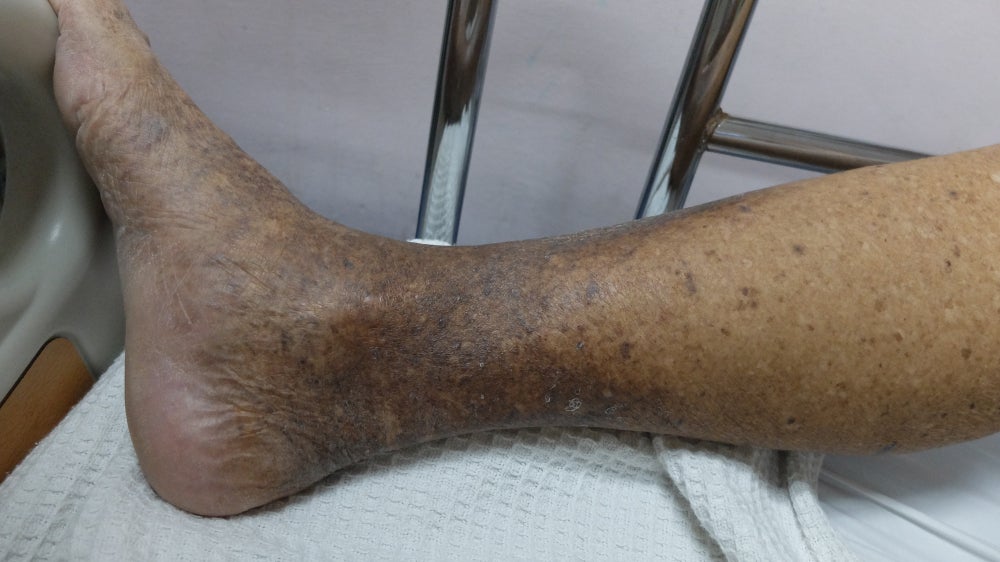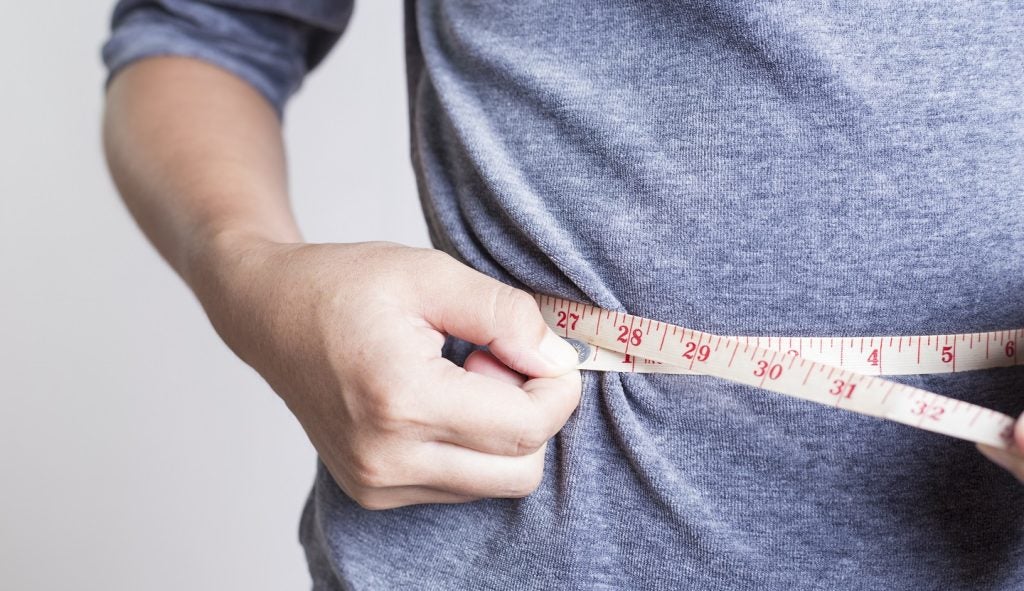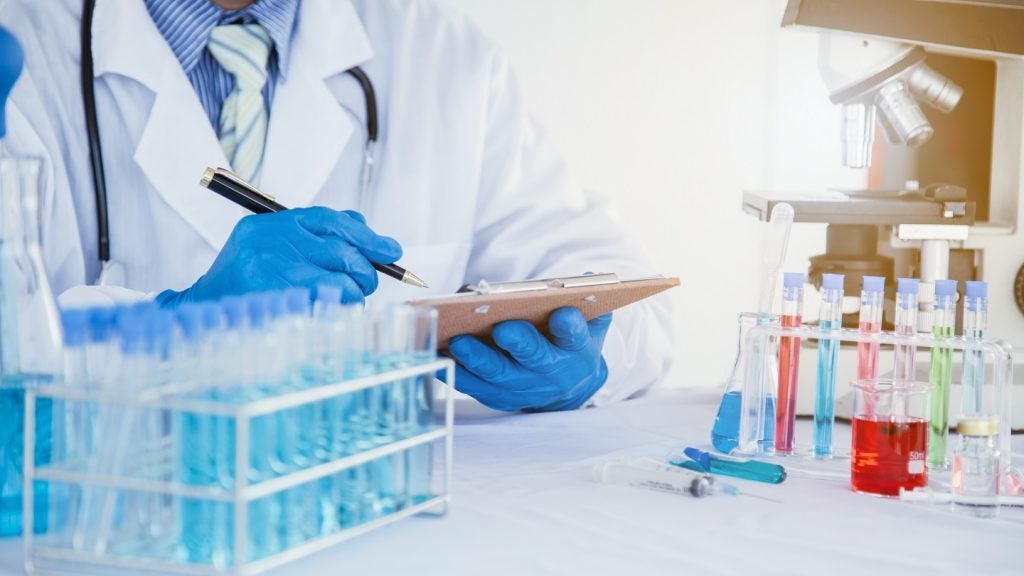Researchers at the Colorado Center for Reproductive Medicine (CCRM) have discovered that use of assisted reproductive technology (ART) will increase the chances of conceiving a baby boy.
As part of the study, CCRM researchers examined infertility patients with a mean age of 37.1 years who underwent in vitro fertilisation (IVF).
The research involved examining the embryos at the blastocyst stage, by using comprehensive chromosomal screening (CCS).
The study of five or six-day-old embryos found that the ratio of male babies to female babies conceived was nearly equivalent.
CCRM said that these blastocysts were frozen and single embryos were later transferred via IVF, which resulted in a higher live birth rate for boys than girls.
See Also:
CCRM scientific director Mandy Katz-Jaffe said: "The variance ratio in male to female births could be explained by impaired X-chromosome inactivation, which only impacts the development of female embryos.”
How well do you really know your competitors?
Access the most comprehensive Company Profiles on the market, powered by GlobalData. Save hours of research. Gain competitive edge.

Thank you!
Your download email will arrive shortly
Not ready to buy yet? Download a free sample
We are confident about the unique quality of our Company Profiles. However, we want you to make the most beneficial decision for your business, so we offer a free sample that you can download by submitting the below form
By GlobalDataThe X-chromosome contains more than 1,000 genes that are essential for proper development and cell viability.
However, females carry two copies of the X-chromosome, resulting in a potentially toxic double dose of X-linked genes.
To correct this imbalance, mammalian females have used a unique mechanism of dosage compensation, known as X-chromosome inactivation (XCI), the process in which female mammals 'silence' one of their two Xs in a complex and highly coordinated manner.







